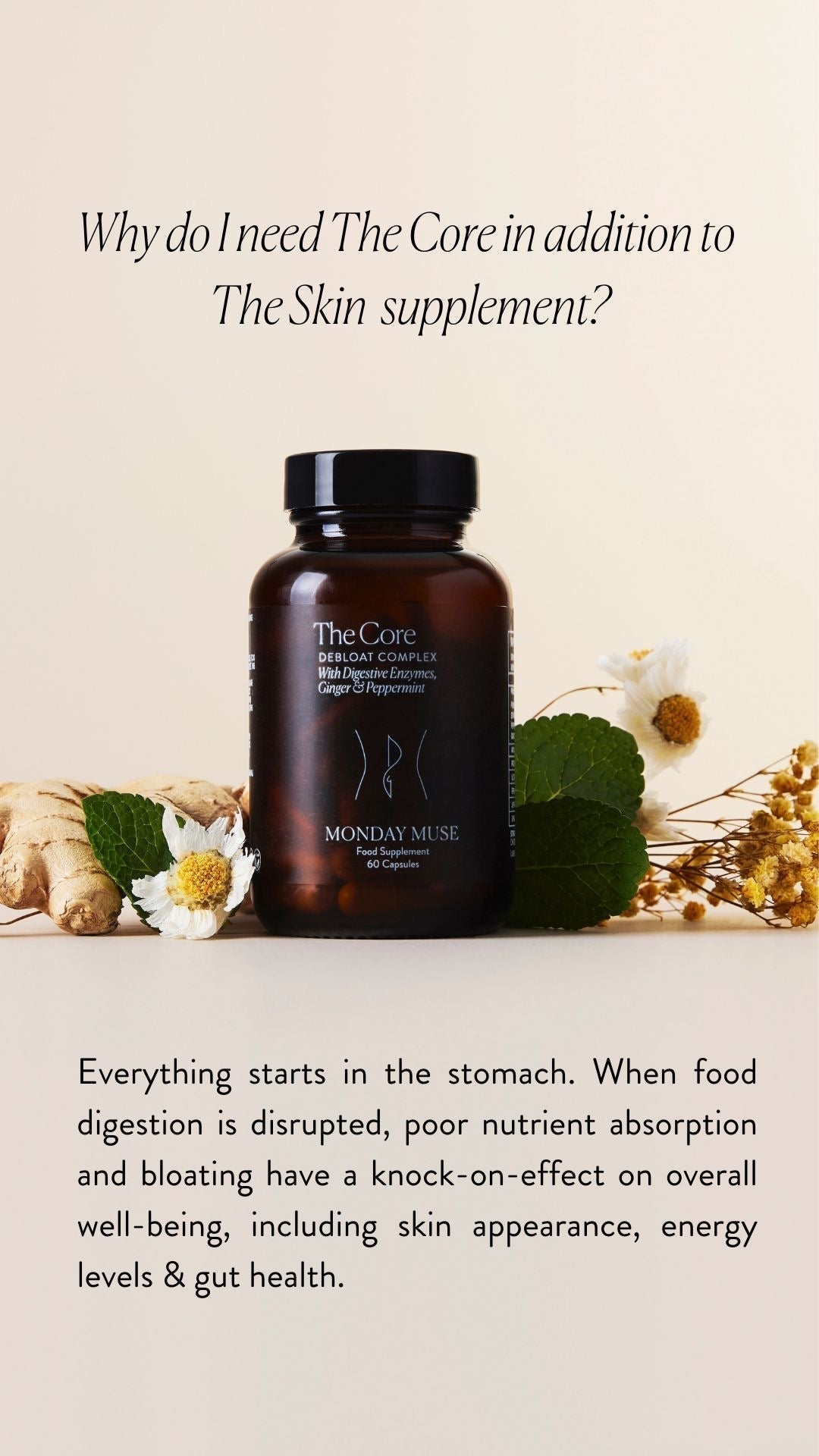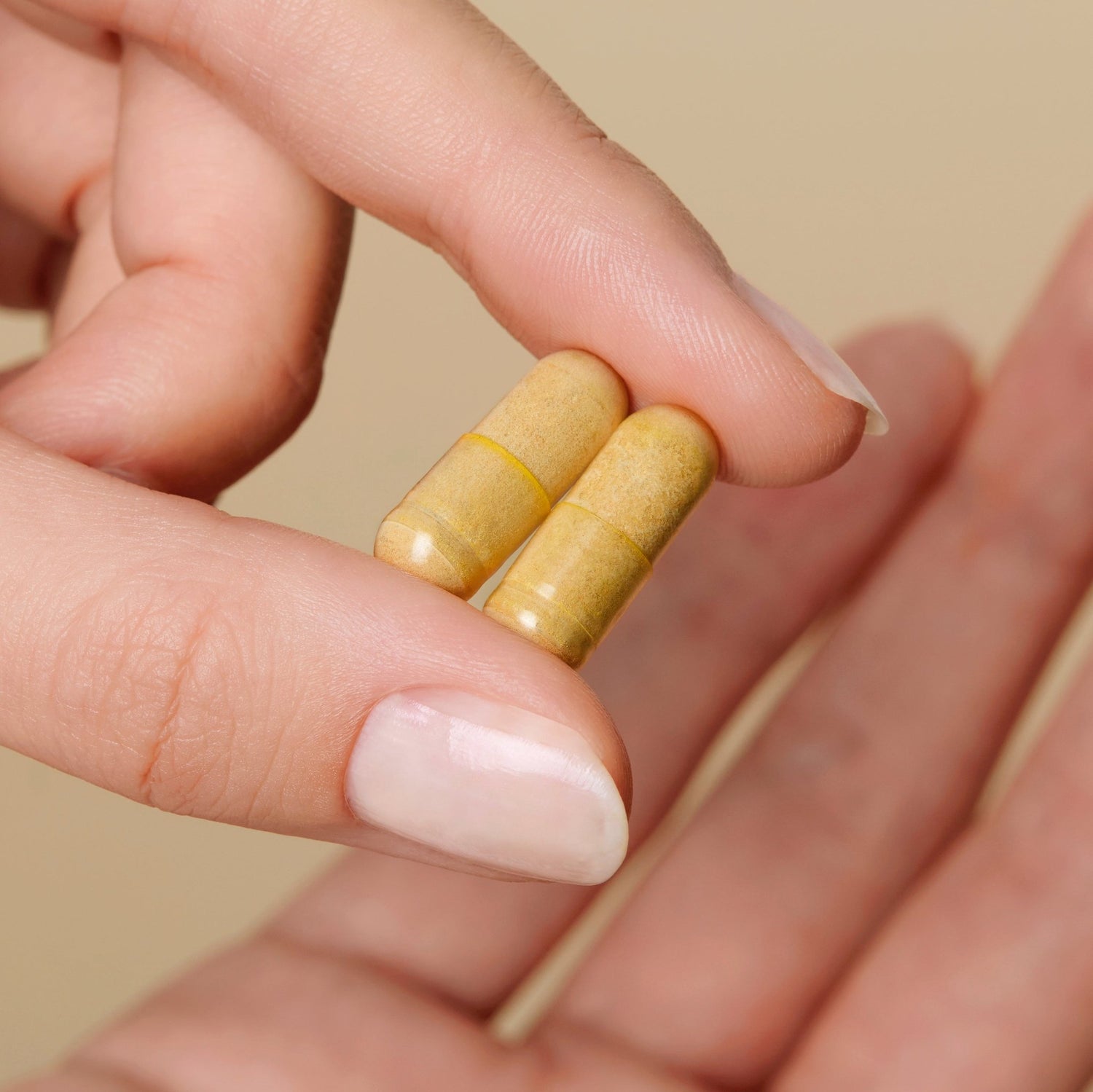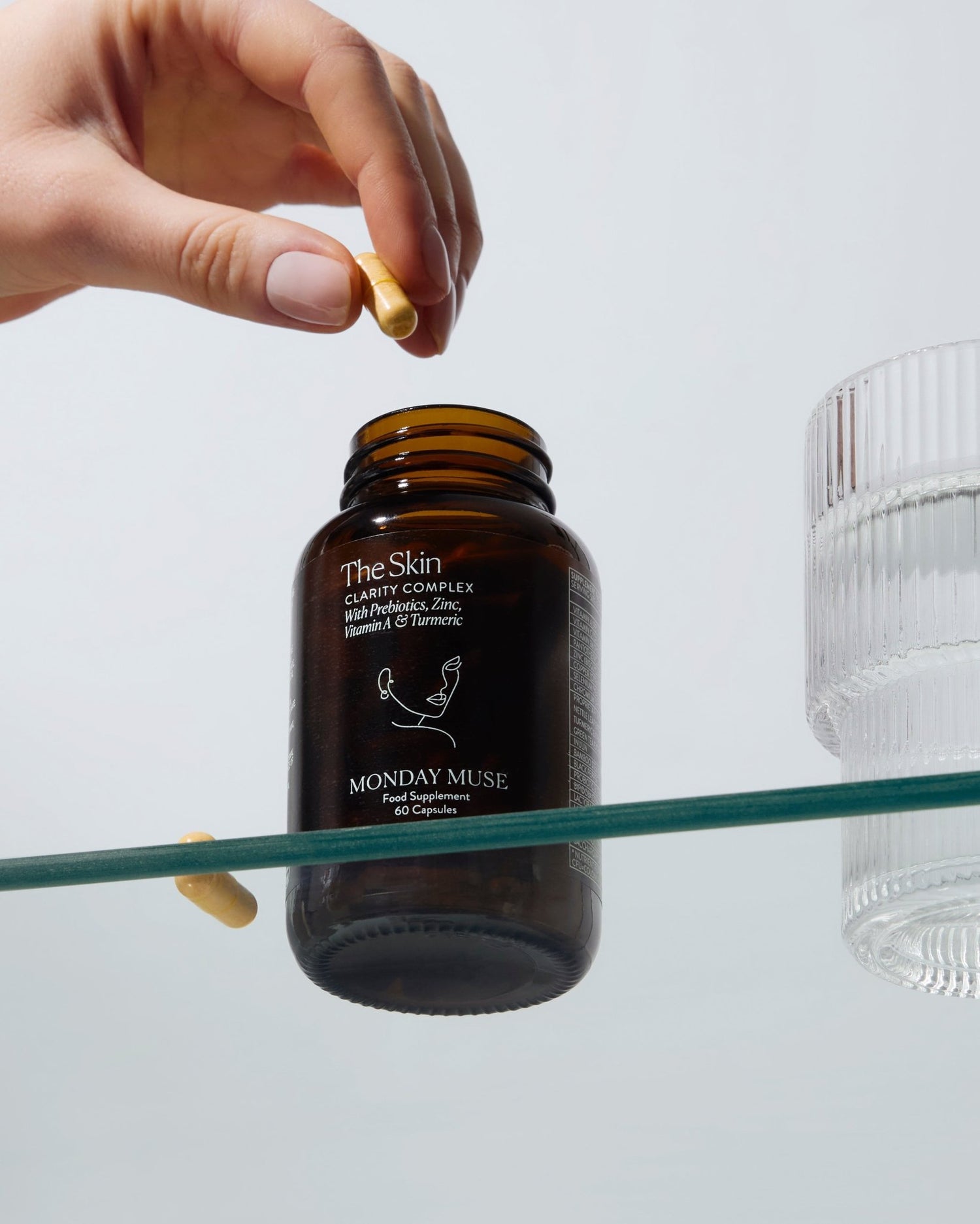It’s the frontline between you and the outside world, which is why the outermost layer of your epidermis is crucial to maintaining a healthy complexion. Here are all the facts, plus need-to-know dos and don’ts.
Your skin is intelligent: trust it
To help you make a more informed choice about your skincare, it’s important to understand the structure and functions of your skin in order to support it in the right way. Your skin is very intelligent – it is the largest organ of the body and is the interface between the internal and external environment. A healthy skin barrier protects you from outside irritants, including microorganisms, UV rays, and allergens.
The skin renews itself every 28 days; as you age, this can increase to up to 48 days. This means it can take a long time before you see results in your skin when you make a change, so you have to be very patient with it.
The three layers of the skin
The skin consists of three main layers: the epidermis, the dermis and the hypodermis, and within each of these are more layers. The hypodermis is the innermost layer and provides the padding for underlying muscles and tissue. The dermis is the thickest layer and is where nerve endings, sweat glands, sebaceous glands and hair muscles are located, which are all protected by a tough fibre called collagen.
 The epidermis is the outermost layer of the skin and is the most important when it comes to understanding your skin barrier. There are three types of cells in the epidermis:
The epidermis is the outermost layer of the skin and is the most important when it comes to understanding your skin barrier. There are three types of cells in the epidermis:
- Keratinocytes. These brick-like cells form 90 percent of the epidermis and their main purpose is to protect the skin from the external environment.
- Langerhans cells. These are the skin’s defence cells and make up two to four percent of the epidermis. They are tentacle-shaped and pick up foreign substances and deliver them to the deeper layer of the skin, all the way to the lymph glands where the body eliminates them. This is just fascinating!
- Melanocytes. These cells, which are responsible for producing the pigment melanin, protect the skin from UV damage. They essentially swallow the UV rays when we tan.
This already should give you an indication of how smart the skin really is, but what does this have to do with the skin barrier?
Understanding the skin barrier
When we talk about the skin barrier we mean the outermost layer of the epidermis called the stratum corneum (remember, each layer has layers within). It holds in moisture and prevents the skin from experiencing transepidermal water loss, and stops external aggressors from penetrating the skin and causing issues such as dryness, acne, inflammation, and general sensitivity. By the time the brick-like keratinocytes – which, remember, make up most of the epidermis – reach this outer layer they have become dead, keratin-filled cells called corneocytes. These are glued together by a lipid mixture that consists of free fatty acids (such as omega 3 and 6), ceramides and cholesterol. They act as the permeability barrier and form the first line of defence between your skin and the outside world. Which means this layer of dead skin cells, your skin barrier, is incredibly important.
Happy barrier equals happy skin: how to optimise your skincare routine
Studies have shown that using an emollient, such as a cream or moisturiser, for certain dermatitis improves barrier function by restoring hydration in the stratum corneum. In addition, research also suggests that facial oils can accelerate the improvement of the barrier function, with oils containing a higher linoleic acid to oleic acid ratio being most effective. If you are noticing that your skin feels irritated, rough, tight, itchy, you’re experiencing increased breakouts or your skin is behaving temperamentally, it might be due to an impaired skin barrier. Often this is caused by harsh cleansers (with high-foaming agents), excessive exfoliation, overuse of drying alcohols, high concentrations of fragrance or it might be related to hormonal imbalances. This is when it might be beneficial to add a facial oil into your skincare routine a few times a week, applying it after a hydrating serum and/or moisturiser, as the oil will seal in the moisture in your skin.





